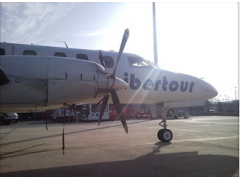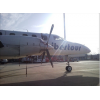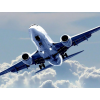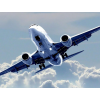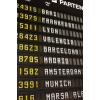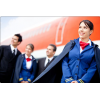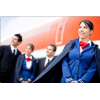Airline Transport Pilot
Today, more than ever, the airline industry needs highly trained and skilled professionals for the growing industry, to safely take to destination a high number of passengers annually. Being a professional pilot comes also with a lot of responsibility, complex decision making and the ability to understand and cope with abnormal situations.
The trainees of the program will start with PPL(A) and, upon obtaining the necessary flight experience, will continue with IR(A), CPL(A) modules or ME (multi-engine aircraft) flight programs. After successful completion of the ATPL(A) course, you will be authorized to act as Pilot-In-Command (PIC) of an aircraft in an airline.
The ATPL license is the highest level of aircraft pilot certification.
Course entry requirements
· Minimum age of 17 years
· First class medical certificate
· No flight experience
· Suficient level of knowledge of mathematics and physics
· English language skills
Complete course content
· Course in English
· Duration of the course, 16 months
· Theoretical ATPL-(800 hours)
· CPL - Comercial Pilot
· PPL - Private Pilot
· SE - Single Engine
· ME - Multi Engine
· IR - Instrumental Rating
Theoretical part
The trainee will cover during the ground
training the following courses:
· Air law and ATC procedures
· Airframes, systems, electrics,
power plant and emergency equipment
· Instrumentation
· Mass and balance
· Performance
· Flight planning and monitoring
· Human performance and limitations
· Meteorology
· General navigation
· Radio navigation
· Operational procedures
· Principles of flight
· VFR Communications
· IFR Communications
Practical part
At the end of the training, the trainee must have a minimum of 200 total flight hours (including PPL(A) time):
· 95 hours as pilot-in-command.
· 20 hours of VFR cross-country flight time as pilot-in-command, including a cross-country flight totaling at least 540 km (300 NM) in the course of with full-stop landings at two aerodromes different from the aerodromes of departure.
· 55 hours of instrument training
· 5 hours of night flying including one cross-country flight and 5 take-offs and 5 landings
· 30 hours on a multiengine airplane

